Here at the Food Bank, our mission is to end hunger in San Francisco and Marin. On its face, the solution might seem simple: provide nutritious food so people facing hunger can thrive, not just survive. But while providing food on the ground is an essential part of our services, we know it’s not enough to simply address the hunger we see today – we must also work to address its root causes and change the policies that allow hunger to continue in our communities and plan for long-term solutions.
That’s why, in partnership with our community and other supporters, our Policy and Advocacy team works to promote proposed laws and create new policies that benefit everyone (check out our policy platform). We advocate at all levels of government, from local to state to federal – and we’d like to share with you some key wins we’ve achieved in the California legislature.
“Changing policy is a marathon, not a race,” said Marchon Tatmon, associate director of policy and advocacy at our Food Bank. “Nonetheless, we’re proud of how we’ve worked together with other advocates to achieve some pretty audacious goals. Our strength is that we’re always in conversation with our community to inform our policy priorities.”
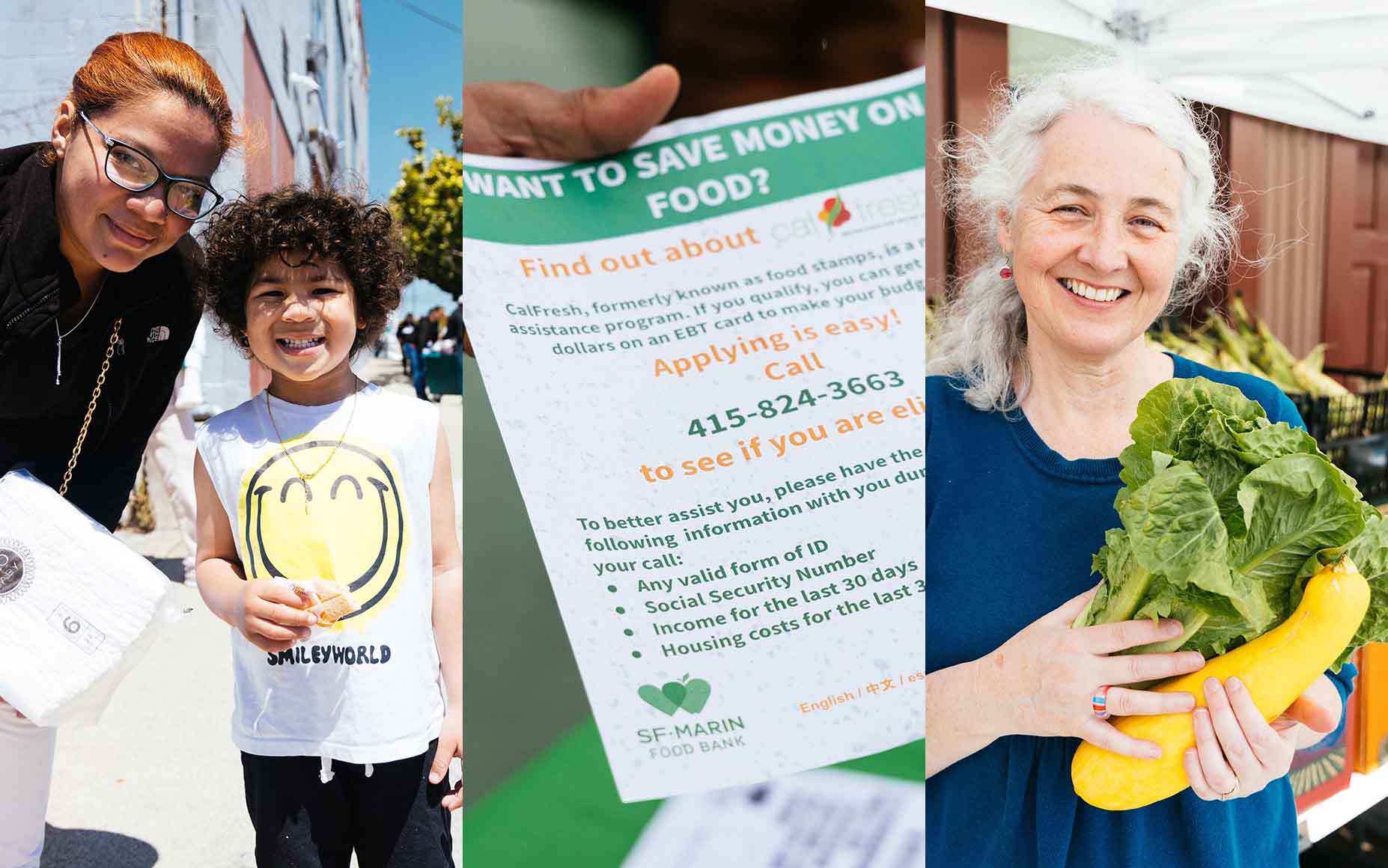
California Anti-Hunger Policy Wins in 2023
- CalFresh: According to a report by the Public Policy Institute of California (PPIC), about one in eight Californians relied on CalFresh (also known as food stamps) in 2022. The state adjusted this existing program to make it more effective, including:
- Allocating $15 million to fund a pilot program raising the minimum CalFresh benefit to $50/month (currently, minimum benefits are $23/month).
- Funded increased summer benefit amounts at $47 million, providing families with school-age kids more money to spend on food – a critical lifeline when free school meals disappear during summer vacation.
- Secured $40 million to speed up the implementation of California Food Assistance Program (CFAP) benefits, which are similar to CalFresh benefits for undocumented immigrants.
- Legislated reimbursement funds for skimmed CalFresh benefit dollars and increased benefit theft protection.
- Secured $9.9 million for a broader Fruit and Vegetable pilot program giving extra CalFresh money for purchasing produce.
- School Meals for All: Chances are, more kids are hungry than you think: according to the same report from PPIC, roughly half of the children in our state will participate in CalFresh by the age of six. Together with other activists, we successfully lobbied for more than $300 million to fully implement free school meals for all kids in California.
- Social Security: Many older adults and adults with disabilities rely on this safety net to pay most or all of their expenses, including buying food. We helped secure a grant increase of 8.6% to raise the incomes of these vulnerable groups.
- CalFood: Secured $60 million in funding for food banks across the state to buy California-grown produce, strengthening our local economy while also providing fresh fruits and vegetables to neighbors facing hunger.
These policy wins over the last year bring us another step closer to ending hunger – but our work isn’t done yet. In coalition with partners, participants and other activists, we’re determined to continue advocating for just, compassionate and equitable public policy that truly makes a difference for our communities.




 40 years, an activist, and a pantry participant since 2020 in his neighborhood of the Western Addition. He’s also one of roughly 101,000 CalFresh (known as SNAP federally) recipients in San Francisco who saw their grocery budget decimated overnight. This is due to the federal government’s decision to cut emergency allotments, which boosted CalFresh benefits by an average of $160 for recipients in San Francisco during the pandemic. That’s a loss of nearly $12 million a month in food assistance for our neighbors.
40 years, an activist, and a pantry participant since 2020 in his neighborhood of the Western Addition. He’s also one of roughly 101,000 CalFresh (known as SNAP federally) recipients in San Francisco who saw their grocery budget decimated overnight. This is due to the federal government’s decision to cut emergency allotments, which boosted CalFresh benefits by an average of $160 for recipients in San Francisco during the pandemic. That’s a loss of nearly $12 million a month in food assistance for our neighbors. For Miguel, his CalFresh benefits were a supplemental support that helped him stretch his budget and extend a little kindness to other friends who were struggling during the throes of the pandemic. “I was able not only to get things for myself, but I was able to invite friends to get food with me so we can have dinner together. I did it with two friends, maybe every two weeks. Eating alone is not really the best thing. Having company and being able to provide something a little extra, that was very nice. It really made a difference for me and my friends.”
For Miguel, his CalFresh benefits were a supplemental support that helped him stretch his budget and extend a little kindness to other friends who were struggling during the throes of the pandemic. “I was able not only to get things for myself, but I was able to invite friends to get food with me so we can have dinner together. I did it with two friends, maybe every two weeks. Eating alone is not really the best thing. Having company and being able to provide something a little extra, that was very nice. It really made a difference for me and my friends.” leave food banks to pick up the slack, it’s essential that the Food Bank maintains access to the fresh produce, proteins, and grains that 53,000 neighbors rely on weekly to nourish themselves. “The benefit is greater than just food,” Miguel explained to us. “At my age, I don’t think there’s any stigma – I encourage other people to apply for these services. I have diabetes, so I have to be careful about what I’m eating. And besides the food, I can use the money [I save] on other things that are beneficial for my health or enjoyment. It’s a ripple effect; it magnifies your life in all these positive ways.”
leave food banks to pick up the slack, it’s essential that the Food Bank maintains access to the fresh produce, proteins, and grains that 53,000 neighbors rely on weekly to nourish themselves. “The benefit is greater than just food,” Miguel explained to us. “At my age, I don’t think there’s any stigma – I encourage other people to apply for these services. I have diabetes, so I have to be careful about what I’m eating. And besides the food, I can use the money [I save] on other things that are beneficial for my health or enjoyment. It’s a ripple effect; it magnifies your life in all these positive ways.”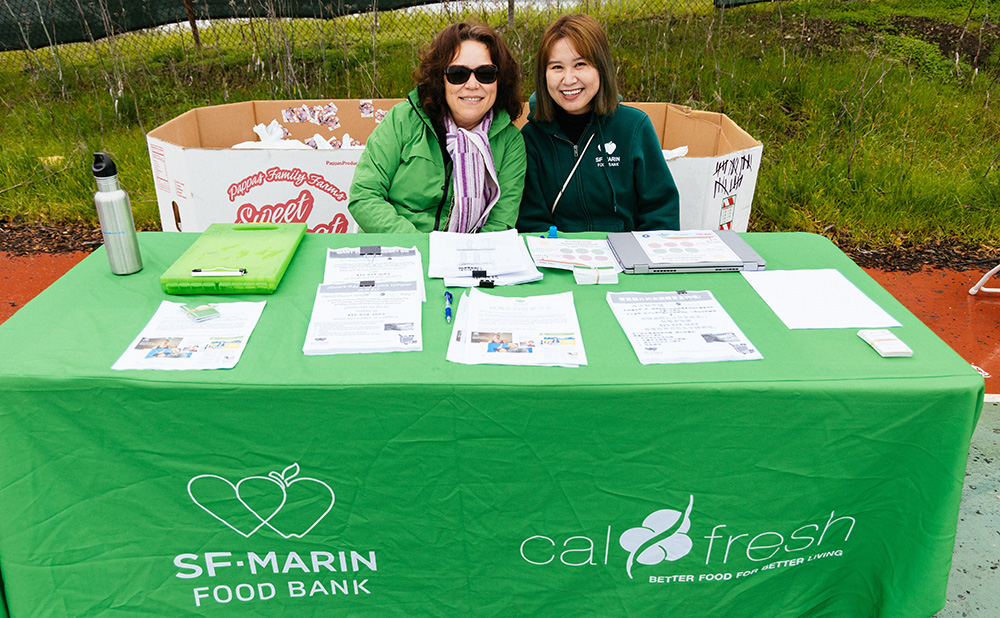
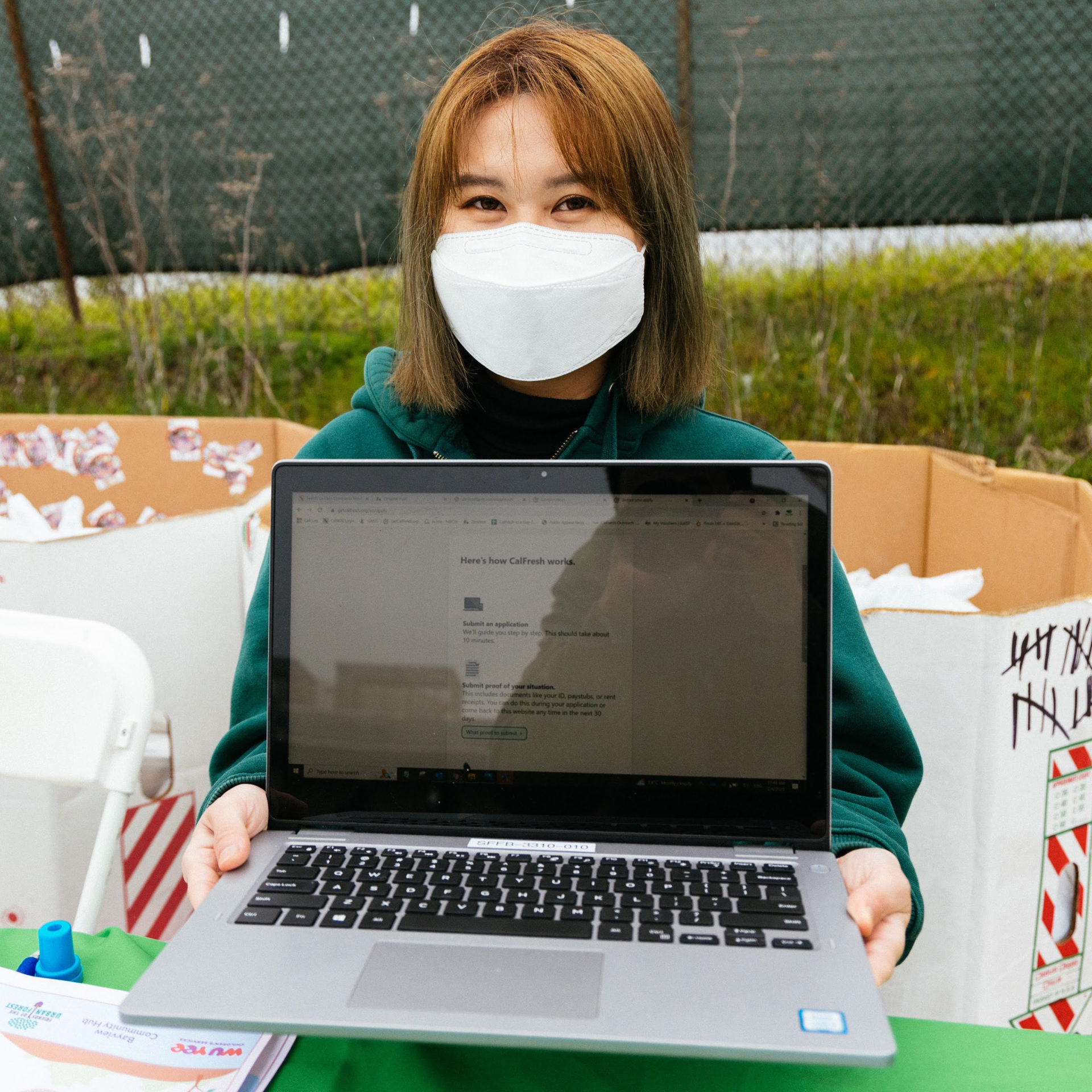
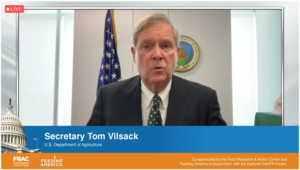
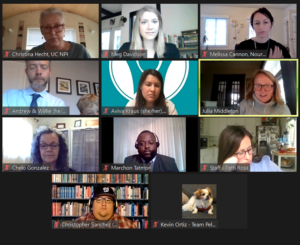 The new remote format makes it easier for advocates who were previously unable to participate in the vital activity of meeting directly with our elected leaders because of the challenge of paying for travel to D.C. Our Policy & Advocacy team arranged meetings with our Members of Congress and fellow community-based organizations from our district to share the local impact of Federal policies and request their support for policies and funding to alleviate hunger across their district.
The new remote format makes it easier for advocates who were previously unable to participate in the vital activity of meeting directly with our elected leaders because of the challenge of paying for travel to D.C. Our Policy & Advocacy team arranged meetings with our Members of Congress and fellow community-based organizations from our district to share the local impact of Federal policies and request their support for policies and funding to alleviate hunger across their district.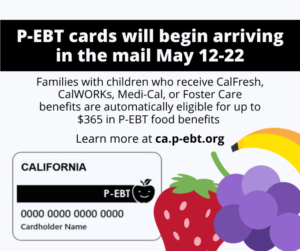
Share